With fleeting attention spans and lack of trust, nonprofit communicators are facing a new challenge of turning one time donors into lifelong contributors. Traditional fundraising messages no longer excite donors, instead they demand authenticity, transparency and a reason to stay connected.
This is where PR steps up. By combining storytelling with recurring donation appeals, PR professionals in nonprofits can build long term trust and fuel sustained growth. Let’s explore how nonprofit storytelling, when used strategically and consistently can become a powerful trust building tool for your PR arsenal.

Here’s what we’ll be covering in this guide:
- Why Donor Trust Is a PR Priority?
- Why Storytelling Is the Most Powerful Tool in Nonprofits
- How Strategic Storytelling Drives Recurring Donations
- Communication Strategies for Consistent, Trust-Driven Storytelling
- Crafting Recurring Giving Appeals That Stick
- Measuring the PR Impact of Storytelling and Recurring Appeals
- What This Means for PR Professionals in Nonprofits
Why Donor Trust Is a PR Priority?
What makes donors give month after month? It’s not just loyalty but trust. And for PR pros, building that trust goes beyond social media engagement or press coverage. It requires consistent messaging that reinforces transparency, purpose and authenticity across every touchpoint.

Donors are more likely to give consistently when they can see the impact of their contributions. That means sharing financial reports, program details and outcomes and consistently connecting each message to the nonprofit’s mission.
When PR takes ownership of this narrative, it drives recurring donations, long-term engagement and stronger brand affinity.
Why Storytelling Is the Most Powerful Tool in Nonprofits
Stories transform your abstract mission into relatable human experiences. They help donors feel more connected to your mission, strengthening trust and inspiring action. When stories resonate, donors look beyond the cause and feel compelled to make an impact, which is important for PR teams looking to deepen audience engagement.
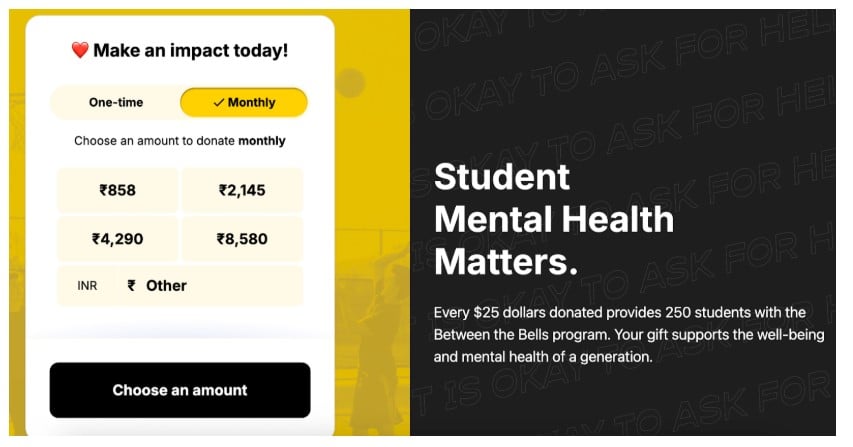
The best nonprofit storytelling rests on three key elements: Authenticity, emotion and impact.
- Authenticity builds credibility by sharing real, unfiltered stories about the people or communities served.
- Emotion engages donors, building empathy through personal struggles and wins.
- Impact showcases tangible outcomes (e.g., $25 feeds a family for a month) drive home the value of recurring donations
For example, a nonprofit helping flood-affected areas can share a PR story of families rebuilding their lives with donor support. They can document their journey and highlight the impact of donor support. This can encourage immediate donations and build loyalty, since donors see their contributions as a part of a larger, meaningful narrative.
How Strategic Storytelling Drives Recurring Donations

PR teams can use storytelling to inspire monthly giving appeals. Compelling narratives emotionally engage donors, making the case for recurring donations more persuasive. Real stories of people impacted by nonprofit’s work humanize the mission and demonstrate tangible outcomes.
Here’s how:
- Use real-life case studies in your email campaigns, media pitches and fundraising presentations.
- Highlight a “donor journey” that includes regular updates and emotional touchpoints.
- Show transformation over time, so donors feel like active participants in the mission, not just passive funders.
Strong narrative arcs in recurring giving campaigns boost engagement. When PR teams use these elements together, storytelling is no longer a content but a campaign strategy.
Communication Strategies for Consistent, Trust-Driven Storytelling
To scale trust and keep donors engaged, PR teams should implement a unified storytelling framework across channels.
1. Maintain Message Consistency
Create a unified narrative aligned with nonprofit’s mission and value across all the platforms including email, social media and website. Develop a style guide for tone, key messages and visual elements to ensure consistency. Regularly update content to reflect current campaigns while strengthening the core mission.
2. Leverage Donor and Beneficiary Voices
Share compelling stories or testimonials from donors or beneficiaries add authenticity. These narratives highlight the real impact, making the mission relatable and human. This helps build trust and encourage recurring donations.
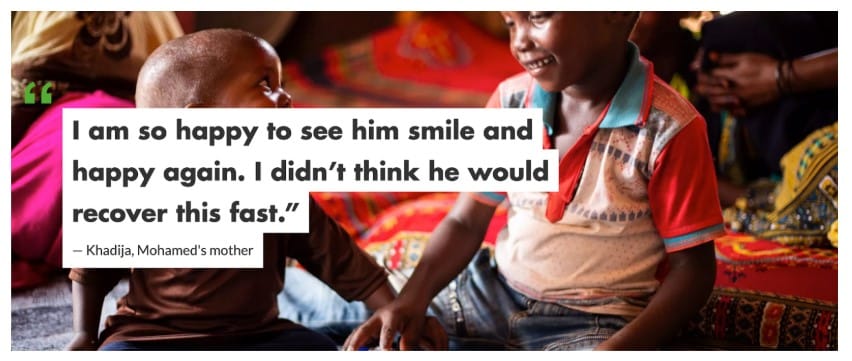
3. Center the Nonprofit’s Brand and Mission
Keep the nonprofit’s brand and mission at the heart of every story. Whether it’s a tweet or an email, each piece of content should reflect the organization’s purpose and value, building brand integrity.
4. Optimize and Refine Storytelling
PR teams should use data-driven insights to tailor stories to audience preferences and regularly review content to maintain alignment.
Crafting Recurring Giving Appeals That Stick
Recurring giving appeals should be as strategic as any earned media pitch. Here’s how to create appeals that drive both commitment and connection.
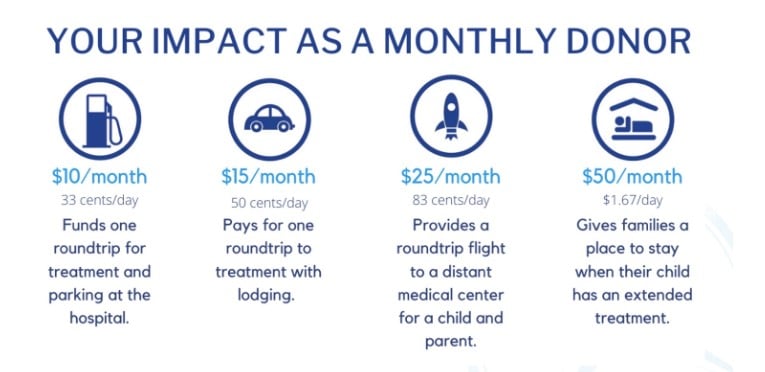
1. Create a Strong, Action-Oriented CTA
Craft clear, action-oriented CTAs like “Join our community of monthly supporters. Click here to donate” or “Make a lasting impact. Become a monthly donor today.” PR teams can work with fundraising to ensure these CTA show up in all communication points.
2. Offer Incentives That Build Community
Think beyond merch. Consider exclusive impact reports, behind-the-scenes videos, or donor only updates. These deepen involvement and make them feel like insiders.
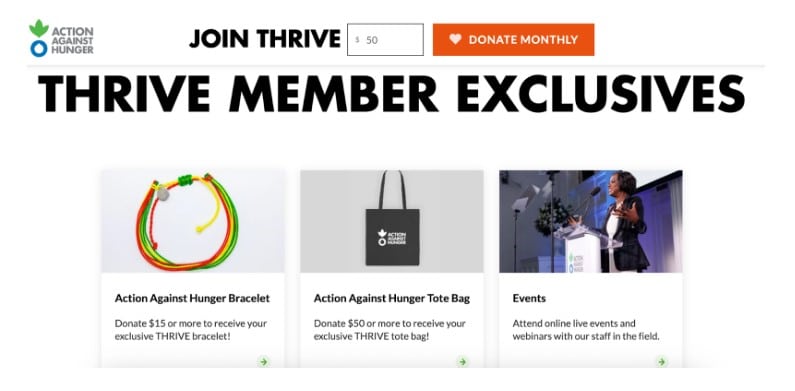
3. Frame Appeals Around Long-Term Impact
Highlight the long term impact of recurring donations. For instance, “$50/month educates one child for a year” helps donors visualize the impact of their contributions. Connecting appeals to nonprofit’s mission strengthens the idea that consistent support from donors can help make sustainable progress and meaningful change.
4. Incorporate Storytelling at The Point of Donation
Incorporating beneficiary or donor stories with impactful visuals in giving forms or checkout pages, boosts emotional engagement. Ensure forms are streamlined so storytelling complements, rather than complicates, the giving process.
Measuring the PR Impact of Storytelling and Recurring Appeals
To prove the value of storytelling as a PR tool, you need metrics that matter. Here’s what to track:
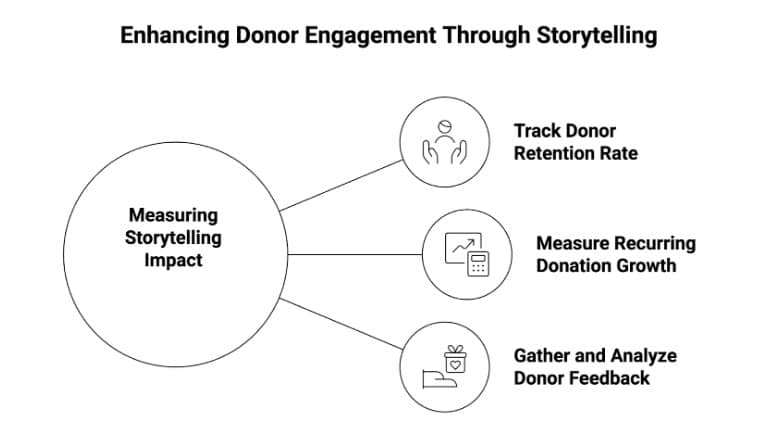
1. Track Donor Retention Rate
Monitoring donor retention rate to evaluate the effectiveness of storytelling. High retention rate means compelling narratives and strong trust. PR teams should collaborate with fundraising to analyze repeat engagement tied to specific campaigns or narratives, ensuring clarity and billing transparency around donor contributions.
2. Measure Recurring Donation Growth
Are donors contributing regularly? Measuring the growth of recurring donations such as number of donors and total recurring revenue monthly or quarterly helps estimate the appeal success. Compare growth rate across campaigns to identify effective strategies.
3. Gather and Analyze Donor Feedback
Gather feedback through surveys or direct outreach to understand donor motivations. Refine storytelling and appeals based on the feedback, ensuring they resonate. Use qualitative insights to strengthen emotional connection and engagement.
What This Means for PR Professionals in Nonprofits
Gone are the days when PR for nonprofits was limited to press releases and event coverage. Today, communicators must think like content strategists, brand storytellers, and donor psychologists.
Recurring donations are not a fundraising goal but a litmus test of trust. And trust is the currency of effective PR.
For nonprofit communicators, this means:
- Owning the brand narrative across every platform,
- Building a system for consistent storytelling, and
- Collaborating cross-functionally to align communications with fundraising outcomes.
By turning storytelling into a recurring, data-informed practice, PR teams can do more than earn attention, they can earn loyalty.



